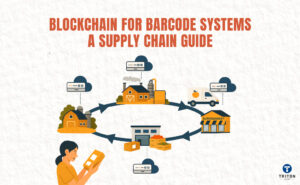Failing to Track and Analyse Performance
A significant oversight in using dynamic QR codes is the failure to track and analyse their performance. This feature, unique to dynamic QR codes, is crucial for understanding user engagement and the overall success of your campaign. Without analytics, you lose valuable insights into how users interact with your QR codes, missing out on opportunities to optimise content and user experience.
You can gather essential data on scan frequencies, user demographics, and engagement trends by implementing tracking tools such as Google Analytics. This information is key to making informed decisions, refining your strategy, and ensuring your QR codes effectively meet your audience’s needs.













